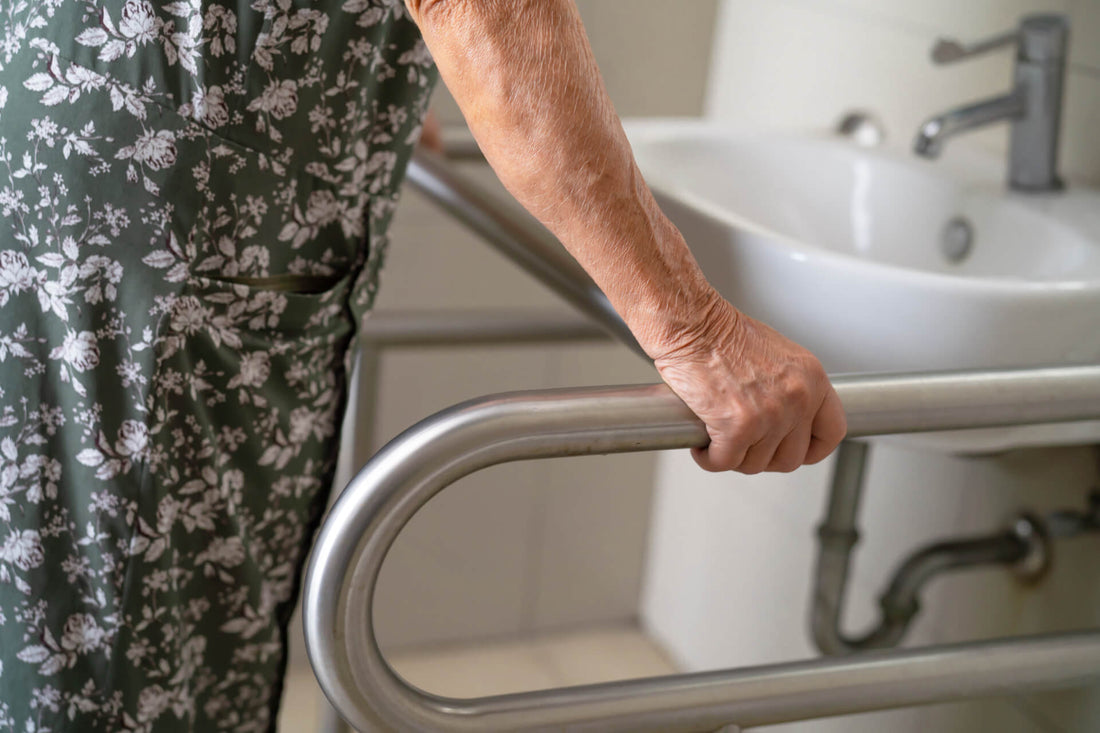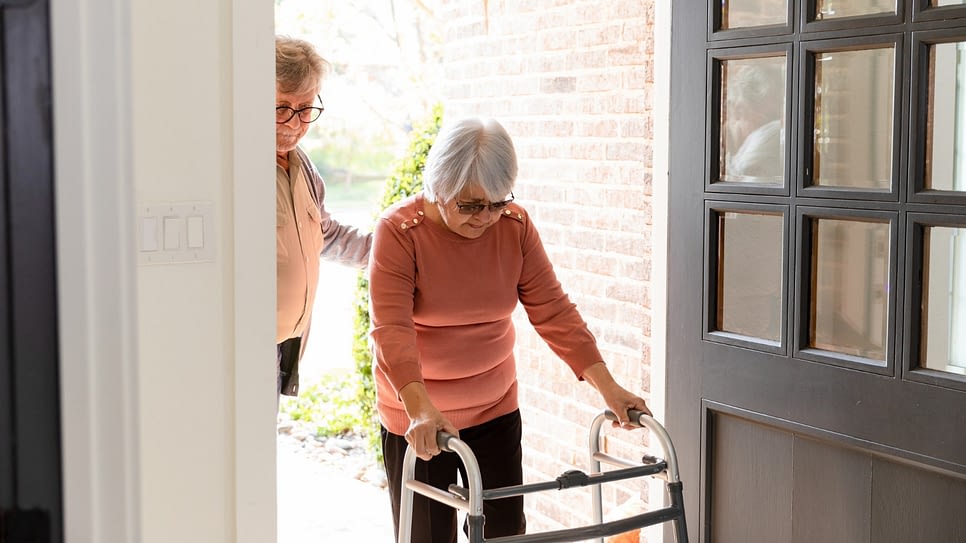As our loved ones age, ensuring their safety becomes a top priority. One simple yet effective way to enhance their safety, especially during nighttime, is by using nightlights for elderly safety. These small fixtures can significantly reduce the risk of falls and accidents, providing peace of mind for both the elderly and their caregivers. In this article, we will explore why nightlights are essential for elderly safety and how they can be implemented effectively in the home.

The Importance of Nightlights
Nightlights serve as a crucial component in creating a safe home environment for the elderly. As people age, their vision often deteriorates, making it challenging to navigate their surroundings in low-light conditions. Nightlights can help illuminate pathways, reduce shadows, and highlight potential hazards, thereby minimizing the risk of falls.
How Nightlights Enhance Safety
Preventing Falls and Accidents
Falls are a leading cause of injury among the elderly. By strategically placing nightlights in key areas such as hallways, bathrooms, and bedrooms, caregivers can help prevent these accidents. Nightlights provide enough illumination to guide the way without disrupting sleep patterns.
Promoting Independence
For many seniors, maintaining independence is important. Nightlights empower them to move confidently around their homes at night without needing assistance, promoting a sense of autonomy and dignity.
Types of Nightlights for Elderly Safety
Plug-In LED Nightlights
These are the most common type of nightlights. They are energy-efficient and provide a steady, soft light. Plug-in LED nightlights are ideal for hallways and bathrooms.
Motion Sensor Nightlights
Motion sensor nightlights activate when movement is detected. They are perfect for areas where light is only needed temporarily, such as staircases or entryways. For more on how to use these in different parts of the house, check our front door safety tips.
Battery-Powered Nightlights
These are ideal for areas where electrical outlets are not accessible. Battery-powered nightlights provide flexibility in placement and can be used in closets or other small spaces.
Strategic Placement of Nightlights
Hallways and Staircases
Ensuring that hallways and staircases are well-lit is essential in preventing trips and falls. Consider using motion sensor lights to save energy while ensuring safety.
Bathrooms
Bathrooms are common sites for falls. A nightlight can illuminate the path to the bathroom, reducing the risk of accidents.
Bedrooms
Placing a nightlight near the bed allows seniors to easily navigate their way if they need to get up during the night. For more tips on preventing falls, read our article on falls from bed prevention.
Choosing the Right Nightlight
Brightness and Color
When selecting a nightlight, consider the brightness and color of the light. A soft, warm light is often best, as it provides enough illumination without being harsh on the eyes.
Energy Efficiency
LED nightlights are known for their energy efficiency. They consume less power and have a longer lifespan compared to traditional bulbs.
Integrating Nightlights with Other Safety Measures
Nightlights are just one aspect of creating a safe home environment. Consider integrating them with other safety measures such as threshold ramps and kitchen safety tips to further enhance home safety.
Conclusion: Creating a Safe Haven
In conclusion, nightlights for elderly safety play an essential role in preventing accidents and promoting independence among seniors. By choosing the right type of nightlight and strategically placing them throughout the home, caregivers can create a safer environment for their loved ones. For more comprehensive home safety tips, visit the National Institute on Aging.

FAQ
Do nightlights disturb sleep?
Most nightlights emit a soft, warm glow that should not disturb sleep. It’s important to select a light with adjustable brightness if sensitivity is a concern.
Are nightlights energy-efficient?
LED nightlights are highly energy-efficient and consume very little power. They are an economical choice for long-term use.
Where should nightlights be placed?
Nightlights should be placed in hallways, staircases, bathrooms, and bedrooms to ensure safe navigation throughout the home.
This article contains affiliate links. We may earn a commission at no extra cost to you.






